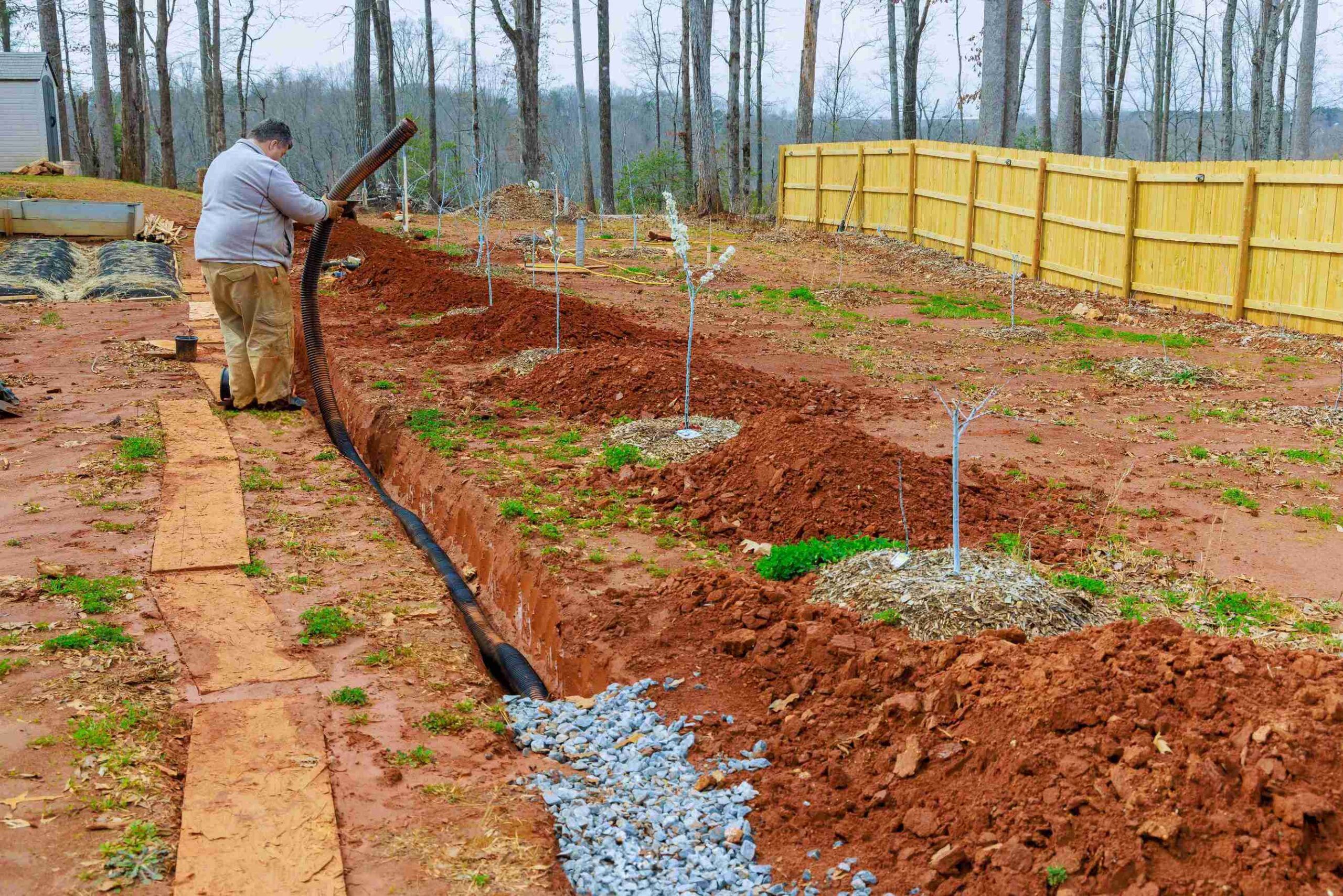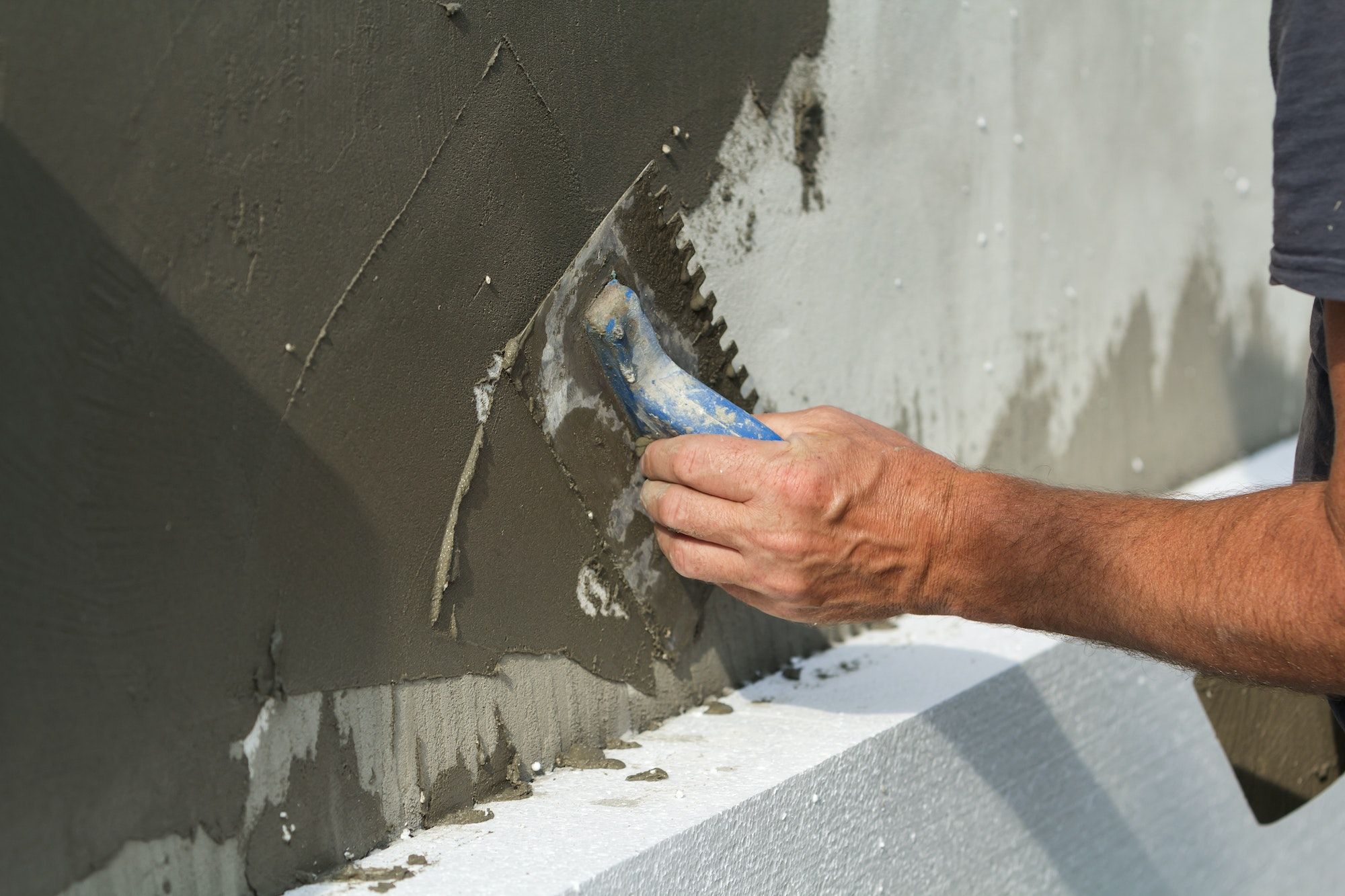Why Do I Have a Basement Leak Where The Floor Meets Wall?
Table of Contents
ToggleWhy Do I Have a Basement Leak Where Walls Meet the Floor?
Have you ever walked downstairs only to discover water coming in basement where the floor and wall connect? It can be a frustrating and worrisome problem. As a homeowner, it’s essential to understand why your home is leaking and how to prevent them to save the wall and the floor.
Water in your basement where the floor meets the wall can be caused by a variety of factors, including hydrostatic pressure, porous concrete, and cove joints. These factors can lead to water seepage, which can cause mold and fungus growth, musty odors, and increased energy bills.
Fortunately, there are solutions available, such as installing interior or exterior drain tile systems and utilizing French drains. In this article, we will explore the common causes of basement leaks and provide solutions to help you prevent and fix them. But, before we do that let’s watch this simple video to understand more about the basement systems that are at work underneath your home!
What Causes Water to Leech through a Foundation Where Walls Meet
If you have water in your basement where the floor meets the wall, it could be caused by hydrostatic pressure or porous concrete, which are both common causes of wet crawlspaces and foundations.
Hydrostatic pressure occurs when water builds up in the soil outside of your foundation, causing it to exert pressure on your basement walls and floors. Porous concrete, on the other hand, is when water seeps through the porous material of your basement walls and floors, resulting in water leakage.
There are several prevention techniques you can use to avoid a wet basement. One is to install an interior or exterior drain tile system, which helps to channel water away from your foundation. Another is to invest in a complete basement waterproofing system, which includes a vapor barrier, drain tile, and sump pump.
There are several common signs that you may have water seepage in your basement or crawl space. These include musty odors, wet floors, water damage, wood rot, and warped floors. If you notice any of these signs, it’s important to take action immediately. Ignoring these signs can lead to more serious problems down the road, such as mold and fungus growth.
When it comes to repair options for water leakage, there are several options available. Always focus on minimizing the saturation of soil outside your foundation by cleaning gutters, extending downspouts, adjusting grading, and using French drains.
It’s also important to work with a professional, such as The French Drain Guys, who can provide foundation waterproofing, foundation repair, and concrete leveling services to help prevent water seepage in your home.
How to Tell Where Water Is Coming Into Your Basement
To find the source of water, it’s important to inspect areas where concrete meets other materials such as brick or stone. This is because these joints and cracks are common culprits for seepage. If left untreated, water pressure can push liquid through these cracks and cause a host of problems such as mold growth, wood rot, and warped floors.
Therefore, it’s important to find the sources of seepage and take preventative measures to avoid expensive repairs down the line. This involves checking for damp spots or discoloration on walls & floors, as well as any musty odors or signs of mold growth. It’s also important to check for any clogged gutters or downspouts that may be causing water to pool near the foundation.
However, it’s important to note that DIY detection methods aren’t always foolproof and may not accurately pinpoint the source of water seepage. For a more accurate diagnosis, it’s best to contact a professional for a thorough inspection. Professionals have the tools and expertise needed to detect even the smallest cracks as well as diagnose any underlying issues that may be causing water seepage.
This can save homeowners time and money in the long run by addressing the issue at its source. Preventative measures can also be taken to avoid moisture altogether. This includes regular maintenance such as cleaning gutters and extending downspouts away from the foundation. Additionally, installing interior or exterior drain tiles and a complete basement waterproofing system can provide extra protection against water seepage.
Foundation Slab Leaks
Detecting foundation slab water ingress can be a nightmare for homeowners, causing anxiety and stress as they worry about the potential damage to their homes and the cost of repairs. The most common cause of foundation slab leaks is hydrostatic pressure, which occurs when water accumulates at the foundation and applies pressure to the concrete slab. Over time, this pressure can cause cracks in the slab, allowing water into the basement.
Slab damage can also be caused by plumbing issues, such as leaky pipes or improperly installed drainage systems. These issues can lead to water buildup near the slab, which can cause the soil to shift and put pressure on the slab. Additionally, improper installation of the foundation can also lead to slab damage and leaks.
If you suspect that you have some type of foundation slab leak, there are several signs to look for. These include damp or wet spots on the basement floor or walls, cracks in the foundation or walls, and musty odors. It’s important to address these issues as soon as possible to prevent further damage to your home.
In order to prevent foundation problems it’s important to maintain proper drainage around your home. This includes cleaning gutters, extending downspouts, and ensuring that the soil isn’t saturated around the foundation. Additionally, having a professional inspect your foundation and plumbing systems on a regular basis can help identify and address any issues before they become major problems.
Is it Normal to Have Water in the Basement?
Believe it or not, a certain amount of moisture is actually normal. In fact, basements tend to be naturally damp, given their location below ground level. However, excessive water can lead to problems like mold growth, musty odors, and even structural damage. It’s important to find the right balance of moisture to maintain a healthy indoor environment while avoiding damage from moisture.
To better understand what is considered normal basement water, take a look at this table:
| Relative Humidity | Relative Moisture Content |
|---|---|
| 30-50% | Ideal for indoor air quality |
| Above 60% | Promotes mold growth |
| Above 80% | Leads to structural damage |
Another important factor to consider is indoor air quality. High levels of basement humidity can lead to poor air quality and respiratory problems. By maintaining the right level of moisture in your basement, you can improve the air quality and overall health of your home.
When it comes to sealing materials, there are various options available. Some popular choices include epoxy and polyurethane coatings, which can be applied to concrete floors and walls to create a water-resistant barrier. It’s important to work with a professional who can help you select the right materials and ensure proper installation for long-lasting results.
While some amount of basement wetness is normal, it’s important to take steps to prevent excess water and promote a healthy indoor environment. By investing in waterproofing, maintaining proper indoor air quality, and using the right materials, you can protect your home and avoid common problems like mold growth and musty odors.
Why is Water Leaking Into the basement after Heavy Rain?
During storms, it’s crucial to understand the potential risks of water in your basement and take preventative measures to protect your home and family.
Heavy storms can lead to an increase in soil saturation, which can cause hydrostatic pressure to build up against your foundation walls. This pressure can eventually lead to water seeping through the porous concrete, cove joints ( The small gap between the floor and walls), and into your basement. Make sure you also seal the cove joint where the wall and the floor meet up with the wall.
To stop water ingress during rain, it’s important to consider installing drain tile systems. These systems can help to redirect water away from around your foundation and prevent hydrostatic pressure from building up against your walls.
French drains can also be used to divert water away from the foundation and minimize the saturation of soil around the foundation.
Another factor to consider when it comes to preventing moisture during rain is the porosity of your concrete. If your walls are made of porous concrete, they may be more susceptible to seepage.
To combat this, it’s important to have a complete waterproofing system installed, which includes a vapor barrier, drain tile, and sump pump. Additionally, Consider how to waterproof the walls specifically considering the seams where walls meet as a way to stop water from coming in.
Rain can put your home at risk for finished basement leaks, but by taking preventative measures like installing waterproofing methods, minimizing soil saturation, and addressing the porosity of your concrete, you can protect your home and family from water damage and mold growth.
Don’t wait until it’s too late – take action now to keep your home dry during heavy rain.
Stop Water Coming Through Basement Floor
To keep your home dry and prevent water damage and mold growth, it’s important to explore effective solutions to fix a wet basement. There are different options to consider for both interior and exterior solutions. Here are some ideas to help you choose the best solution for your specific situation.
For exterior solutions, you can start with some DIY options. Cleaning gutters and extending downspouts can help prevent water from pooling near your foundation, minimizing the saturation of soil outside the foundation. Adjusting grading and using French drains are also effective ways to divert water away from your basement. However, if these DIY options don’t solve the problem, it might be time to consider professional services.
A contractor can install an exterior drainage system that includes a membrane, drain tiles, and direct water to a sump pump. This option can be more expensive, but it can be a cost-effective solution in the long run after they drain the basement floor of water.
Interior solutions include installing an interior drain tile system. This involves cutting a channel into the perimeter of the basement floor and installing the drain tile, which is then connected to a pump. This system collects water that comes through the walls or floor and pumps it out of the basement.
Basement Waterproofing & Sealing
Another option is a full waterproofing system that includes a vapor barrier, drain tile, and a sump drainage pump. This system provides a barrier between the basement and the surrounding soil, preventing water from leeching through the walls and floor. While this option is more expensive, it provides the most comprehensive protection against basement leaks and water damage.
Preventative measures are also important to keep your basement dry. Regularly checking for leaks and water damage can help you catch problems early on and prevent them from becoming bigger issues. Keeping your basement well-ventilated and using a dehumidifier can also help reduce moisture levels and prevent mold growth.
If you do have water in the basement you need to make sure to drain it first to solve the problem! Begin by verifying the presence of footing drains or under slab pipes that were set up during the construction of the residence to channel water away from the base. look for a drain in the basement floor or a cleanout pipe with a cap that sits a few inches above the floor level.
By taking these preventative measures and exploring the different solutions for leaks, you can keep your home free of water damage and mold growth.




